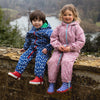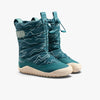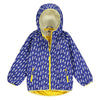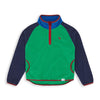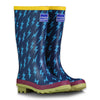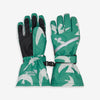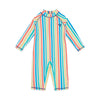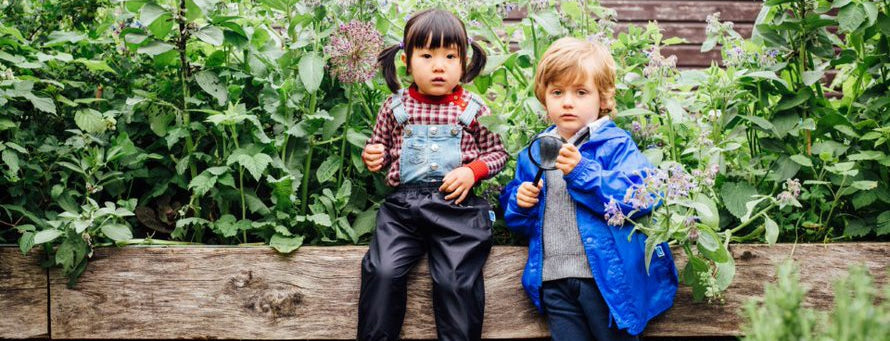
EYFS – Science – Woodland World of the Wormy
Download Our EYFS – The Woodland World of the Wormy Worksheet Here
Learning Objectives
Speaking:
- Extends vocabulary, especially by grouping and naming, exploring the meaning and sounds of new words.
- Uses language to imagine and recreate roles and experiences in play situations
Resources
- Different colours of wool, around 30 cm in length, hidden at child’s height around the woodland.
- Reference books
- Paper, pencils, glue or tape, scissors
- Waterproof clothing
Introduction
Go into a natural area of your grounds or visit a local woodland. Discuss together what birds like to eat, what do they eat in the winter and how do they find their food? Explain how winter is a time when birds and animals need to keep eating lots to keep themselves warm, and how it is even harder in winter to find all the food they need.
Activity
Explain the group are going to be birds collecting food for their family!
Put into small groups each group select a colour of wool and a ‘home’ or ‘nest’. Who is baby bird? Who collects the food?
Collect a stick about the length of one arm. Either as a group or individually find the ‘worms’ in the forest and tie to the stick.
Older children could have a balancing tree to cross or a crawl under log to add to the difficulty. Make it more difficult by using green, brown or stone coloured wool.
Question the children about other woodland animals – what do animals eat?
Look at your reference books, or an app, and find out together.
As a group try to find as much food as possible (try to be gentle on the worms!)
Look for pine cones, nuts, leaves, lichen, dead wood, all these things are food in winter.
Extension Activity
Invent an imaginary animal and find out what it eats – make it’s “food” from natural objects and hide the treasure from the children – and then draw pictures, write a story, and gather the food if you can! Then – just for fun and to keep warm yourselves, have a nice snack together, or make a bird feeder with a pine cone, lard and seeds to hang for the birds. Divide the class in to groups, and ask each group to share their story, and encourage each group to listen to comments and suggestions from the other group.

